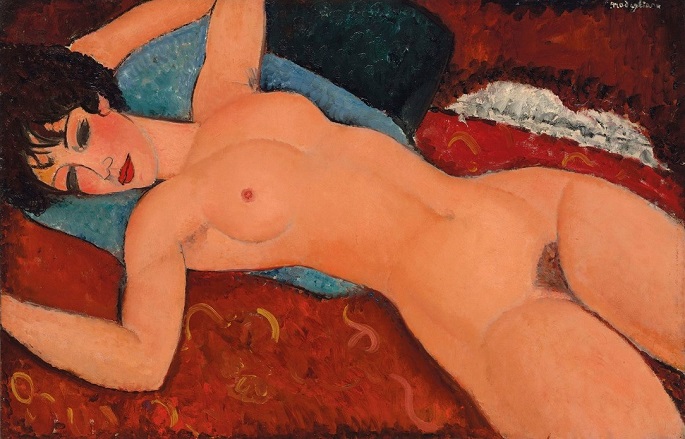Someone in need of medical assistance would normally call the hospital or contact a personal physician. Communication nowadays is fast and easy, but a long time ago, it was an entirely different story.
The Chinese had to wait for the sound of the bell.
Wang Jinming said to CRIEnglish that doctors of yesteryears would roam the neighborhood using hucheng--a circular metal handbell--to announce their presence.
Wang keeps this interesting concrete piece of history, along with other valuables from the past, in his very own private museum, according to Fox News.
He and two others put up the Beijing Old Items Exhibition to contain the hundreds of objects from the 1900s that they have been collecting since the 1980s.
“They record real history,” said Wang.
Displayed at Luo Wenyou’s private museum are his collection of vintage cars, more than 200 of them, including one that “Mao refused to ride in until the brand’s Romanized name on the hood was replaced with Chinese characters,” according to Fox News.
Luo opened it in 2009. He said that it was his “personal duty” to preserve China’s motoring history.
The country hosts a number of private museums. Based from the statistics provided by China Museums Association, there were 277 privately owned museums in 2009. It more than tripled in 2014, numbering at 864, reported CNN.
According to CNN, “The construction of private art museums is booming in China.”
Money and education may play a role in it.
“A more affluent and educated population now has more time and interest to give to cultural pursuits,” said Aric Chen, according to architecture and design magazine Dezeen.
Chen serves as curator of M+, an art museum that will open in Hong Kong’s West Kowloon Cultural District in 2019, according to its website.
Those in China with jaw-dropping bank accounts, in particular, can erect a private museum in a breeze and fill it with as many items as their stacks of money will allow them to.
Take the case of this well-heeled, art-loving couple who opened a second--a bigger one--museum in Shanghai.
Liu Yiqian and Wang Wei, the former with a net worth of $3.3 billion as of April, according to Forbes, founded the Long Museum.
The nearly 10,000-square-meter Long Museum in Pudong on Luoshan Road, designed by Chinese architect Zhong Song, welcomed the public on Dec. 18, 2012, according to its website.
Opening in 2014, the 33,000-square-meter Long Museum West Bund in Binjiang, Xuhui District, designed by Chinese architect Liu Yichun, allocates 16,000 square meters of its space for exhibition.
Liu bought a painting of a nude woman by Italian-Jewish painter and sculptor Amedeo Modigliani (1884-1920) for $170.4 million in Nov. 2015, reported The New York Times.
What’s the reason behind the name of this museum?
“Because I want them to last a long time,” said Wang to South China Morning Post.
She added: “They cost a lot and there is hardly any government subsidy. But it’s our way of paying back society.”
Liu presented his reason why they opened two museums.
“It will be an opportunity for Chinese art lovers to see good artworks without having to leave the country,” said Liu, according to The New York Times.
It’s not only the public who benefits from these museums.
Seng Kuan, an architectural historian at Washington University in St. Louis, told CNN that the existence of the private museums in the country “has been a good thing that has given China’s young architects lots of opportunities.”



























